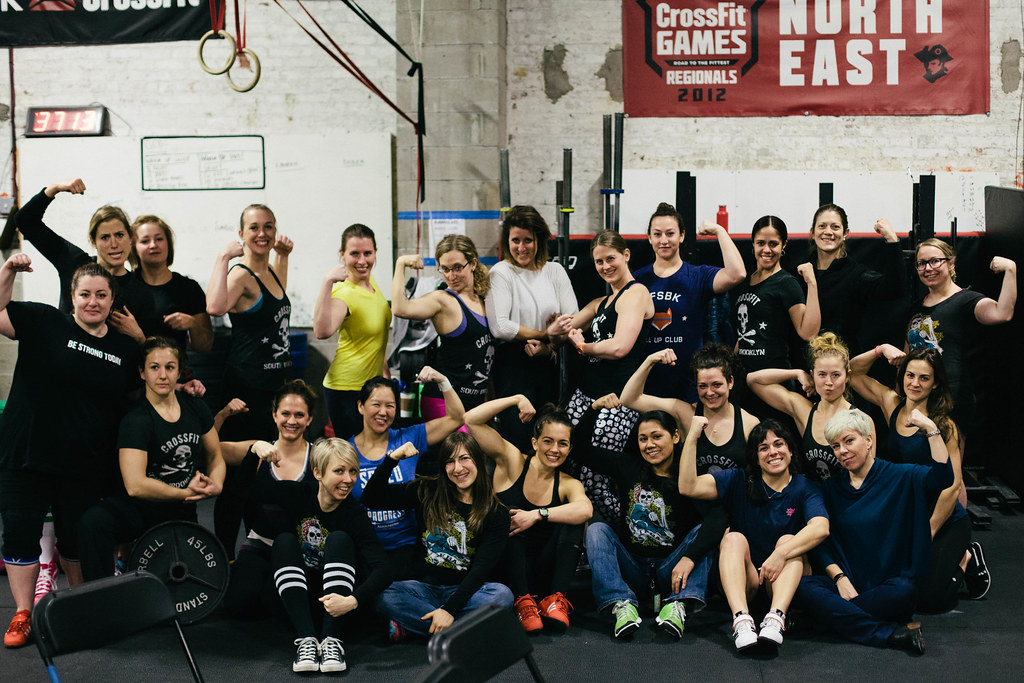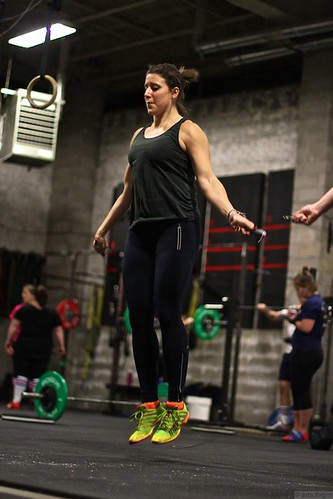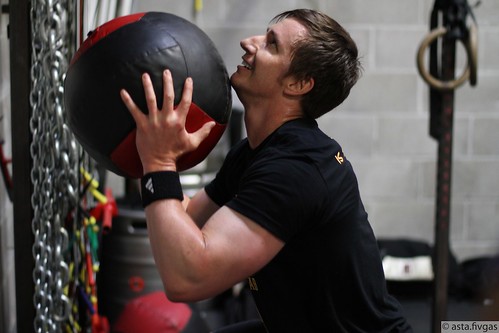Fitness: 5 Rep Max
Try and beat your 3×5 weight by 5-15 pounds
Performance:
75%x5
80%x3
85%x2
90%x1
95%x1
100%x1
100% + if still moving well
Use this 1RM calculator to figure out your numbers, round to the nearest 5 on your attempts.
Post loads to comments.
Bench Press e6/6
_____________________
Not For Time:
100 Push-Ups
150 Russian Kettlebell Swings
Break up however desired. Minimize rest between sets.
Post rep scheme and Rx to comments.
 Congratultions to all the participants, volunteers and spectators who made yesterday’s Tough Titsday Powerlifting meet one of out most memorable to date! We saw incredible performances from so many athletes. If you didn’t already, please post your experience to comments.
Congratultions to all the participants, volunteers and spectators who made yesterday’s Tough Titsday Powerlifting meet one of out most memorable to date! We saw incredible performances from so many athletes. If you didn’t already, please post your experience to comments.
View full results here
Paleo Potluck This Saturday!
Save the date! On January 18th at 7:00pm we’ll be hosting our first CFSBK community potluck in 2014! This event will simultaneously kick off the new year, support the Look Feel Perform Better Challenge and bring folks from all times and corners of the gym together. All are welcome and encouraged to come. Please RSVP and note your dish in the event page!
Potluck Notes:
- If your food needs to be kept warm or hot, you’ll need to provide your own crock pot or method for keeping it at serving temperature. We’ve got surge protectors and extension chords
- We’ll provide note cards for you to label your dish with.
- When you leave please take everything you brought with you. Do not leave any pots/pans/tupperware utensils etc. They will be discarded that night.
- Parents, we’ve got a minature bouncy castle inside your kids can play in.
- If you’d like to help out (and haven’t already been contacted) we’ll need some hands on deck putting everything away afterwards. If you stay until the end we’d appreciate it!
- Feel free to bring any alchohol you’d like too. If you’re not doing the LFPB Challenge and want to bring some non-paleo booze, that’s okay too.
New post on Inside the Affiliate
Coach DO has a new blog entry on Inside the Affiliate about our Foundations program. Check it out to learn more about our thought process regarding this program. If you have any comments about your own experiences with us, we’d greatly appreciate hearing about them in the comments section over on ITA. Thanks!!
ITA is a free, open source blog for the CrossFit community dedicated to sharing what we’ve learned running an affiliate for six years. If you like it, please share it with your CrossFit friends on Facebook and help spread the word!
_______________________
Ask The Doc: Why We Develop Bad Knees Tabata Times
CrossFit Criteria Cathletics







